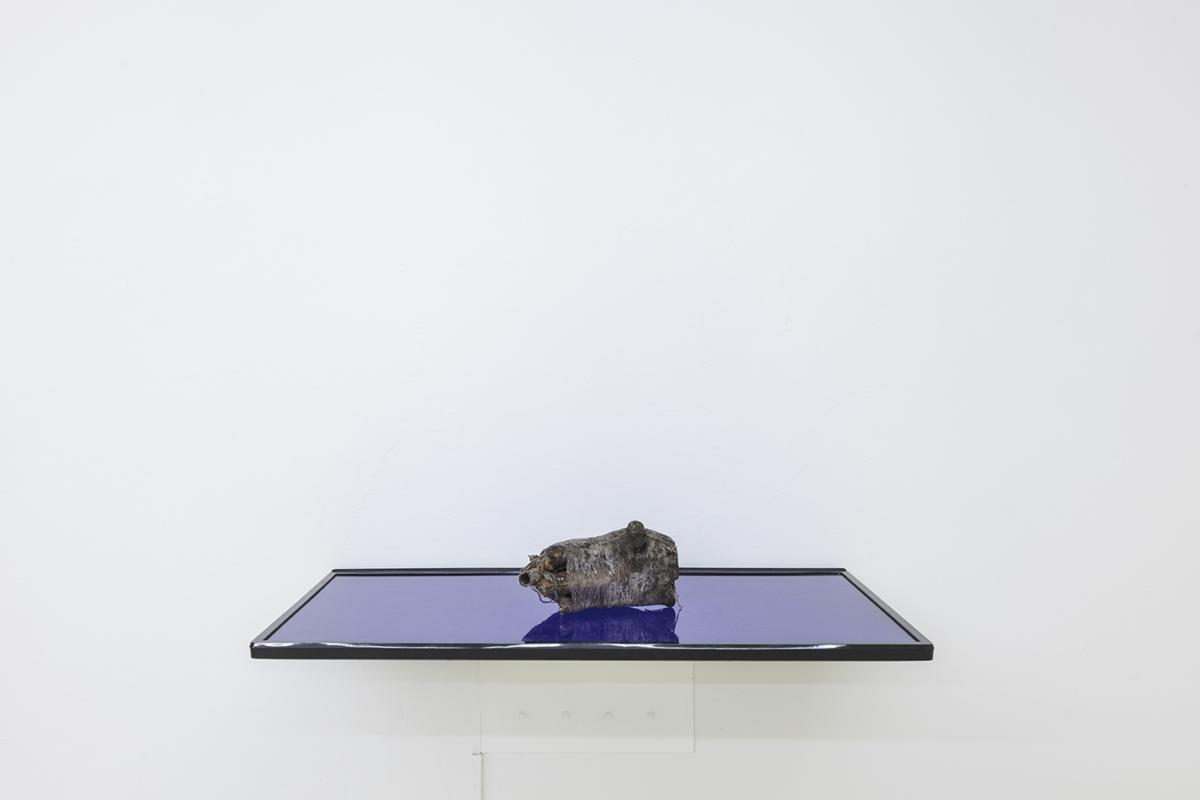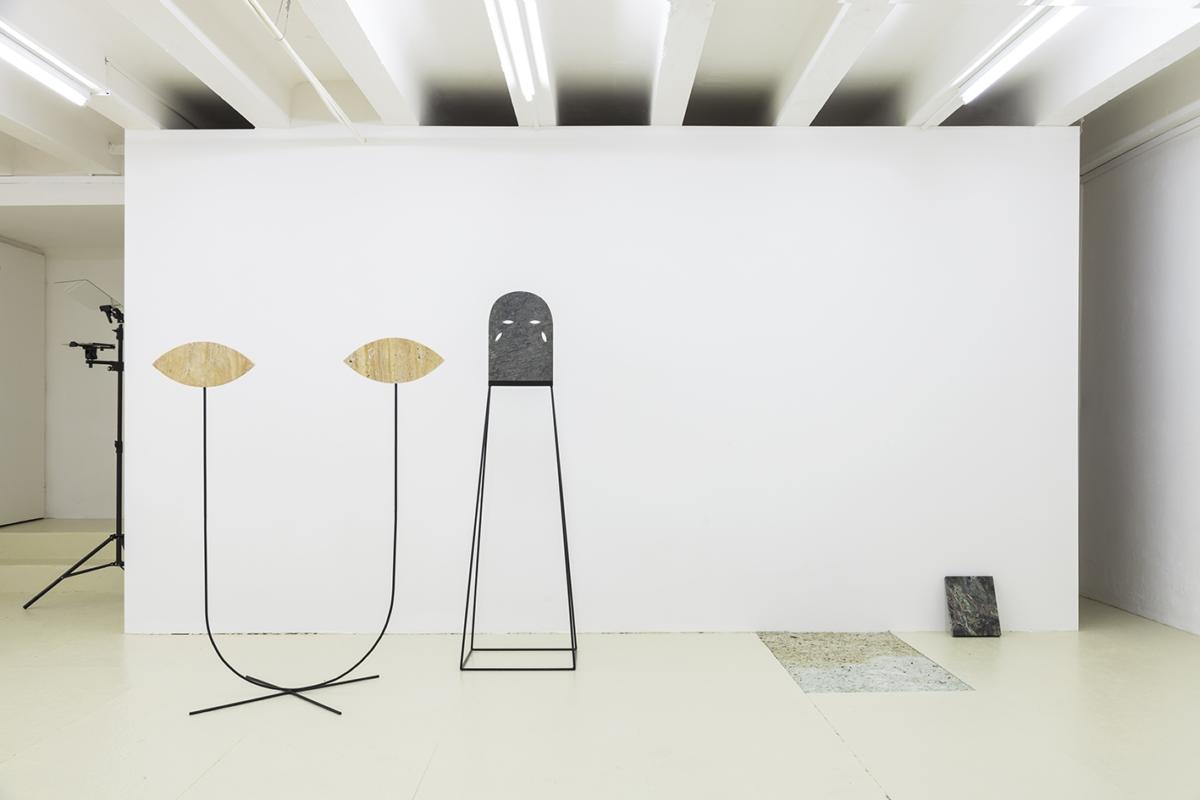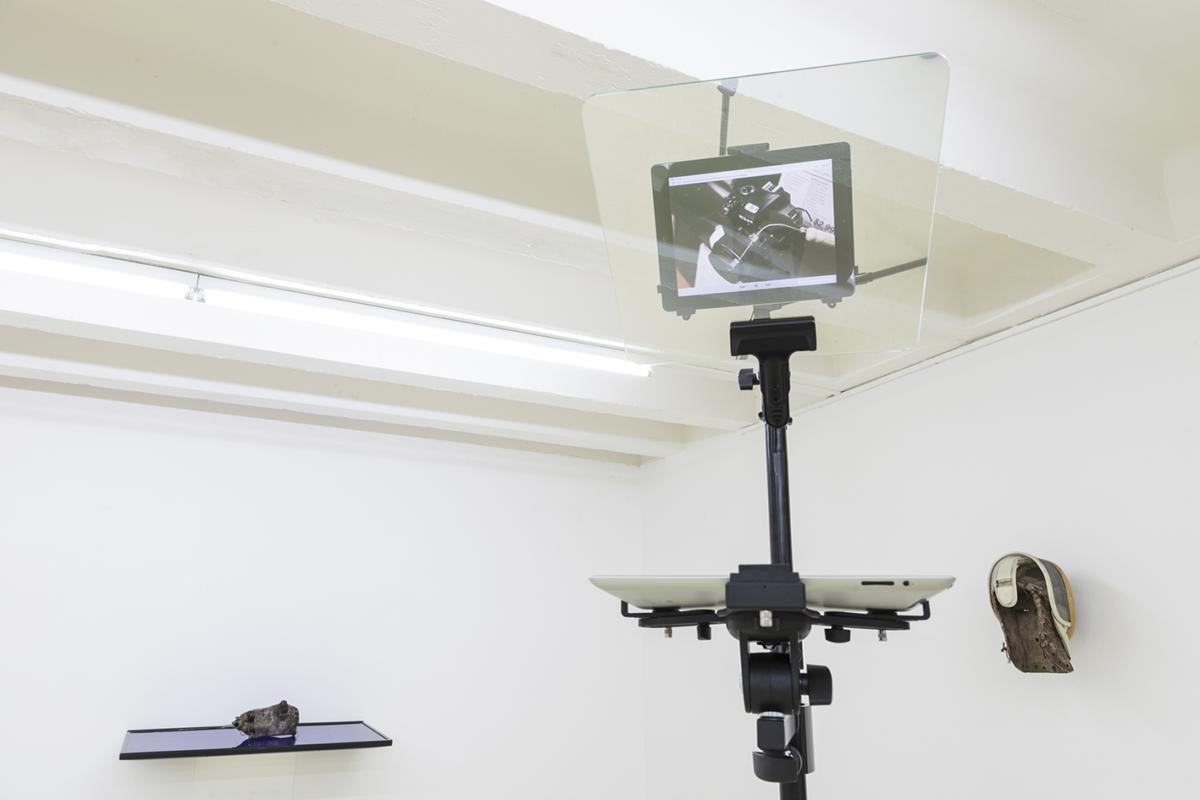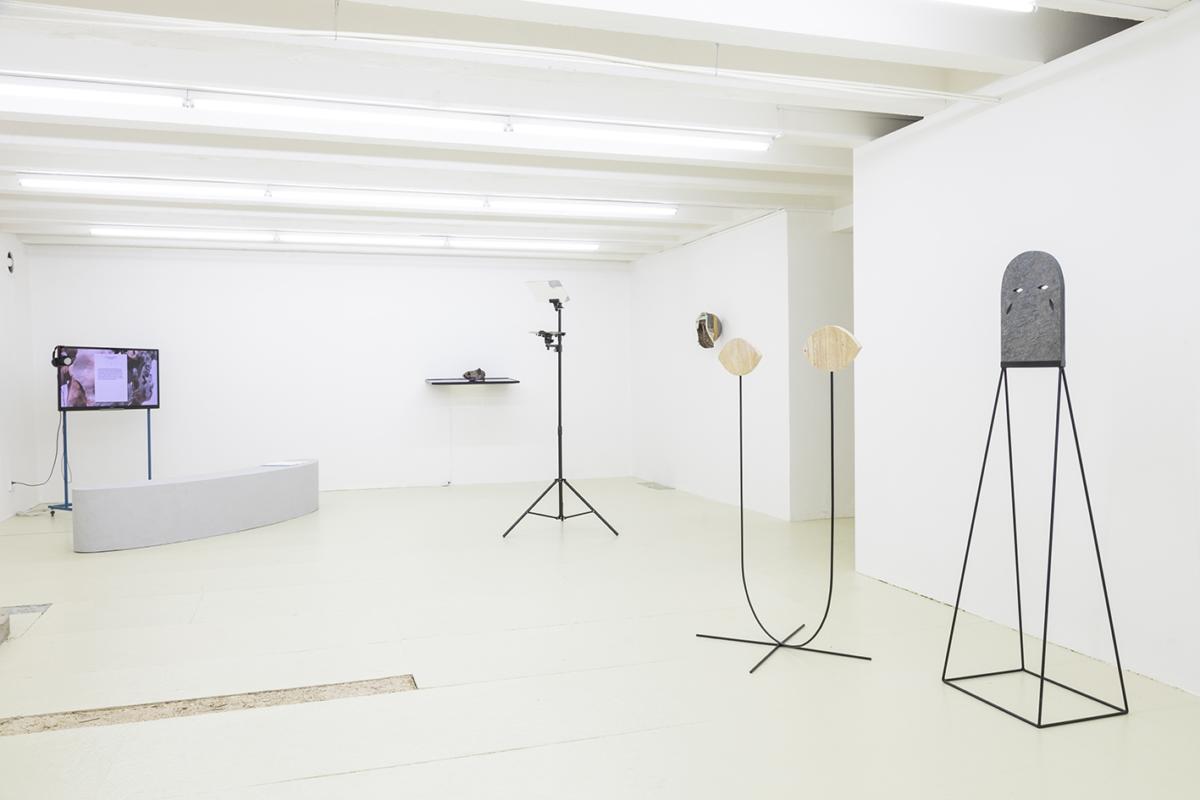
Go to www.ebay.com. Navigate to a category called ‘Everything Else’. Within it are categories like ‘Weird Stuff’, ‘Totally Bizarre’, and simply ‘Other’. This is the outer limit of eBay, a place for items that defy categorization and provoke an approach from us, that can involve unexpected emotions and desire, which assign a particular value, supernatural power, or some kind of independent inner will to an object. It is a place for things, that are disturbing and uncanny, because of their hidden, inner potential, magical aura or a lively character. Jane Bennett describes this potential as ’thing-power’; an “efficacy of object in excess of the human meanings, designs, or purposes they express or serve”.[1] ‘Thing-power’ is something independent from us, it can be approached with aversion and fascination as well. Timothy Morton connects these characteristics of objects to art in general. He writes “Art is demonic: it emanates from some unseen (or even unseeable) beyond, in the sense that I am not in charge of it and can’t quite perceive it directly, in front of me, constantly present. A dangerous causative flickering. In other words, magic. Magic is taboo cause and effect, or unthinkable cause and effect: either ridiculous or dangerous or impossible, or some weird borrowed-kettle combination of all three. … Art is charisma, pouring out of anything whatsoever, whether we humans consider it to be alive or sentient or not.”[2] Objects with such charisma and ‘dangerous causative flickering’; things with magical power – like idol, voodoo, totem, or fetish -, objects that are products of any subjective and superstitious beliefs, objects with some kind of inner potential are the ones that can be found under the label ‘Every Other Thing’.



Lindsay Lawson’s meta-narrative film The Smiling Rock is centered around a rock found on ebay under this category; a geode boasting a clownish smiley face on its polished surface, that is listed for $10,000 with the description “one sexy smiling rock”. The main protagonist of the film slowly falls in love with this “sexy” and compelling stone. The story fuelled by obsession and bidding fever culminates in a virtual ‘objectum sexual’ relationship, where the desire of possession and real feelings intermingle, and where virtual and real scramble. Pedro Barateiro approaches the idea of looking and browsing on the internet, or posting images on Instagram and Tumblr as different forms of consumption. Market clearly engender expectations and effects our desires and our perception. In his video The Current Situation he creates connections between seemingly distant examples with surprising correspondences between certain mechanisms of nature, culture and economy. Abstract economical systems obsessively copy the natural chaos; a system with no logic. The video refers economic systems to chaotic structures found in nature, and connects the language of late-capitalism with ecology. Barateiro states, that there is a relation between every object, and that is economy. The video puts two events that happened at the same time in a parallel; the demonstrations against austerity and the cutting of some plague-infected palm trees. The disintegration of an economical or natural system unfolds the repetition of the same patterns, and gives an insight into the system with their ‘dangerous causative flickerings’. The installation by Barbora Zentková and Julia Gryboś treats the gallery space as some kind of an infected living tissue. On the skin-colored floor the inserted papier-mâché details made out of different organic materials and toxic-plants appear as traces of inflammation. Beautiful and disturbing at the same time. As we walk on it, the feeling is somehow similar as it is described in Barateiro’s video: “the feeling of walking over rubble is like walking over your own dead body”.




Nicolás Lamas’ Syncretism is an actual voodoo object placed on a blue screen, that causes peculiar aversion in the viewer. Lamas creates situations, where objects can get away from the faith, superstition or knowledge, with which we approach them; where objects lose their ‘original’ essence and meaning, which used to determine them, and used to give their cultural, economic or religious value. He is looking for the state of things, where this transition is manifested and where the potentiality of objects appears. Sári Ember’s pieces search the mechanism of remembrance and comprehension provoked by objects. On the masks of never-existed tribes and on the reminiscences with no past, she reduces the forms in a way that they still provoke some kind of significance and unknown traces of memory in the viewer.
Jaroslav Kyša’s working method is based on a corruption of the basic human beliefs and knowledge about physical principles, he uses small gestures to disrupt the functioning of gravity and the perception of time. In his Bust we can follow how the tiny traces and cracks get deeper on the human head and how it’s surface slowly transforms itself over time.




Roman Štětina’s installation Adorama creates a situation where objects create a special relationship between themselves. The piece is based on a footage, which was recorded by test-cameras in an electronics store on display about the test-devices themselves. The cameras create a closed circuit inner communication by „watching” each other. In the context, the technical performance of the devices becomes a spectacularity, and an inner-circle competition is created in the closed track of the shop, where humans are the only observers.
‘Every Other Thing’ is a place for such objects as well, or rather for questions about the borders between virtual, organic and artificial matters, about the effects of the illusion of accumulating capital, about the role and influence of objects on our everyday (online or offline) life, and about the impact of the desire dictated by consumer society on our approach towards objects. It is a place to think about some possible relationships between objects and humans too. As Barbara Johnson’s writes “the more I thought about this asymptotic relation between things and persons, the more I realized that the problem is not, as it seems, a desire to treat things as persons, but a difficulty in being sure we treat persons as persons.”[3]
Borbála Szalai
[1] Jane Bennett: The Vibrant Matter. The Political Ecology of Things. Duke University Press, 2010. p 20
[2] Timothy Morton: Charisma and Causality. Artreview, November 2015. https://artreview.com/features/november_2015_feature_timothy_morton_charisma_causality/
[3] Barbara Johnson: Persons and Things. Cambridge, Massachusetts, London, Harvard University Press, 2010, p. 2
Imprint
| Artist | Pedro Barateiro, Sári Ember, Jaroslav Kyša, Nicolás Lamas, Lindsay Lawson, Roman Štětina, Barbora Zentková, Julia Gryboś |
| Exhibition | Every Other Thing |
| Place / venue | Krokus Gallery, Bratislava |
| Dates | June 8 - July 21, 2018 |
| Curated by | Borbála Szalai |
| Photos | Ján Kekeli |
| Website | www.krokusgaleria.sk/en |
| Index | Barbora Zentková Borbála Szalai Jaroslav Kyša Julia Gryboś Lindsay Lawson Nicolás Lamas Pedro Barateiro Roman Štětina Sári Ember |
